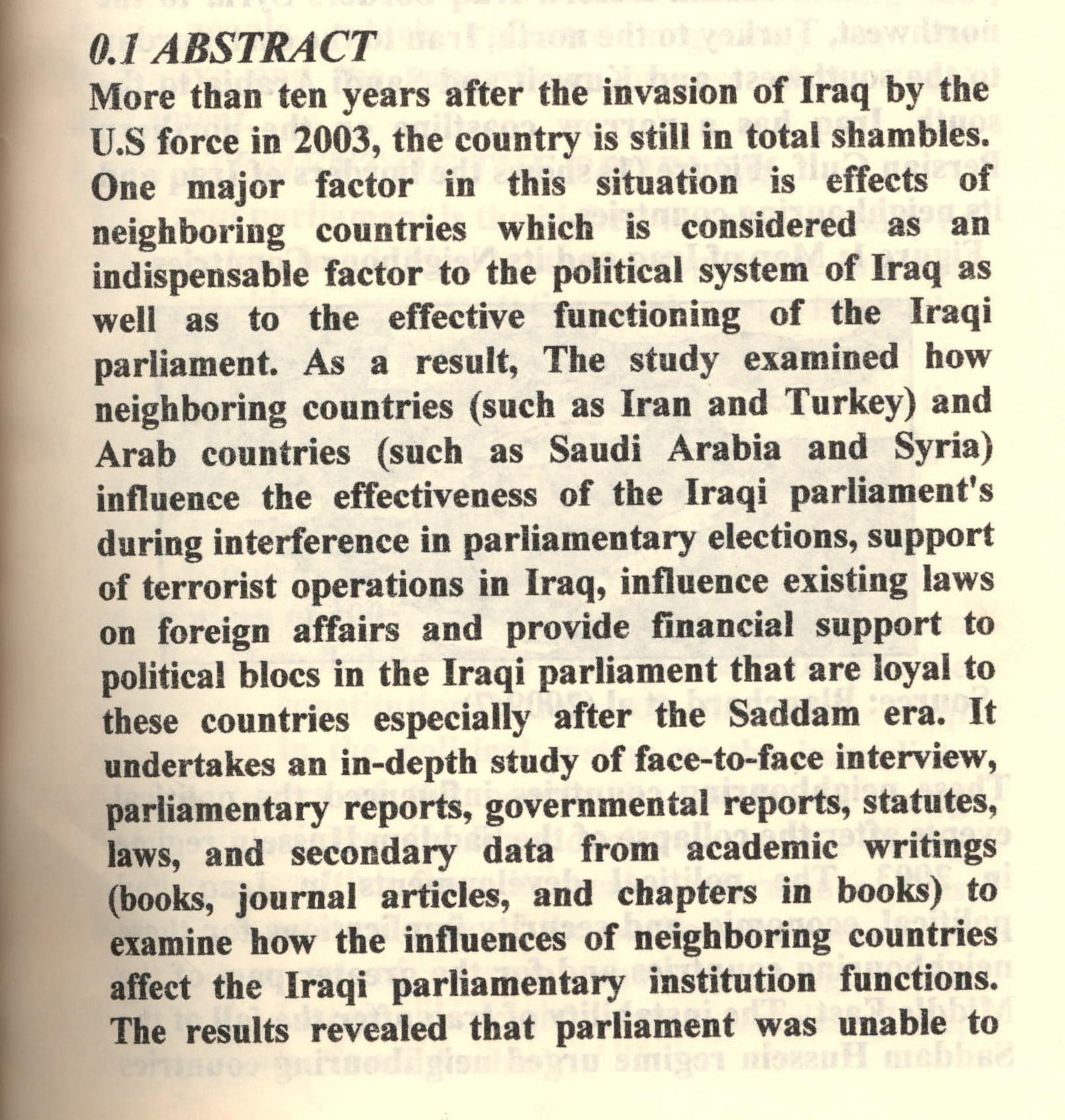
Background and aim: Pomegranate is a medicinal herb that can promote healing of periodontal tissue through differentiation of mesenchymal cells both in vivo and in vitro. Therefore, this study is to investigate the effect of oral supplementation of Punicagranatum L. peel extract on bone defect in rabbit. Methods: Forty five male rabbits were divided into 3 groups; group 1; baseline group(5 rabbits) left without bone defect. Group 2; study group (20 rabbits) with bone defect model that received daily 1ml of oral supplementation of pomegranate peel extract (PoPx). Group 3; control group (20 rabbits) with bone defect model that received distilled water. Bone defect was done into facial plate of lower right central incisor. Blood biopsies by
... Show More (3)
(3)
 (1)
(1)
A study of the effects of the discharge (sputtering) currents (60-75 mA) and the thickness of copper target (0.037, 0.055 and 0.085 mm) on the prepared samples was performed. These samples were deposited with pure copper on a glass substrate using dc magnetron sputtering with a magnetic flux density of 150 gauss at the center. The effects of these two parameters were studied on the height, diameter, and size of the deposition copper grains as well as the roughness of surface samples using atomic force microscopy (AFM).The results of this study showed that it is possible to control the specifications of copper grains by changing the discharge currents and the thickness of the target material. The increase in discharge curre
... Show More (9)
(9)
 (7)
(7)
In this work, the effects of solvent properties on the characteristics of absorption and fluorescence for two laser dyes was studied. Dyes used in this work include Coumarin 5400 and DCM, while the solvents include ethanol, methanol, acetone, propanol and chloroform. Coumarin 5400 dye shows sharp fluorescence peaks in the green band of visible region while the DCM dye shows relatively wide band within 590-630 nm. Therefore, the selection of any dye for random gain medium applications should be performed after determining the most appropriate solvent as the optimum fluorescence characteristics are obtained.
An ultrasonic treatment was applied to the vacuum gas oil at intervals of 5 to 30 minutes, at 70°C. In this work, the improvement of the important properties of Iraqi vacuum gas oil, such as carbon residue, was studied with several parameter conditions that affect vacuum efficiency, such as sonication time (5, 10, 15, 20, 25, and 30) min, power amplitude (10–50%). After ultrasonic treatment, the carbon residue of vacuum gas oil was evaluated using a Conradson carbon residue meter (ASTM D189). The experiment revealed that the oil's carbon residue had decreased by 16%. As a consequence of the experiment It was discovered that ultrasonic treatment might reduce the carbon residual and density of oil samples being studied. It also notice
... Show More (1)
(1)
This experiment was conducted to study the effect of feeding diets containing different levels of parsley on the blood biochemical characteristics of local Iraqi geese. A total of twenty-four local geese, one year old, were used in this experiment during the period from the beginning of October to the end of December. The birds were allocated for Four treatment groups consisted of six geese each. Treatment groups were as follows: Control diet (T1) (free from parsley), T2: Control diet + 80 g / d parsley, T3: Control diet + 160 g / d parsley; T4: Control diet + 240 g / d parsley. At the end of experiment, blood samples were obtained from all geese by venipuncture from brachial vein and blood plasma samples were prepared. Blood biochemical tr
... Show MoreThis study was conducted to investigate the effect of feeding diets containing different levels of parsley on the hematological traits of local Iraqi geese. A total of twenty-four local geese, one year old, were used in this experiment. The birds were allocated into four treatment groups, consisting of six geese each. Treatment groups were: control diet (C) (free from parsley); T1: control diet + 80 g/d parsley; T2: control diet + 160 g/d parsley; and T3: control diet + 240 g/d parsley. At the end of the experiment, blood samples were obtained from all geese from the brachial vein by venipuncture. Hematological traits included in this study were red blood cells count (RBC), hemoglobin concentration (Hb), packed cell volume (PCV), mean cell
... Show MoreThe aim of this research to study.
The dimensions of organizational learning have been defined(learning dynamics, individuals empowerment, knowledge management and technology application) as well as the dimensions of learning organization have been defined (culture values, knowledge transfer, communication and employee characteristics), Asset completion questionnaire was used to collect data of this research from a purposely sample represent forty employees who works in Iraqi Planning Ministry at different positions. The research divided to four parts :
The first to the research methodology, the second to the theoretical review o
... Show MoreBackground: As photochemical reaction that can stiffen the cornea, CXL is the only promising method of preventing progression of keratectasia such as KC and secondary ectasia following refractive surgery. The aim of CXL is to stabilize the underlying condition with a small chance of visual improvement. Objective: To show the sequences of changes in visual acuity and topographic outcomes during 1 year post CXL for patients with progressive Keratoconus.Type of the study: Cross sectional studyMethods: CXL procedure was done for 45 eyes with progressive KC. The following parameters had been monitored pre operatively, 1, 3, 6 and 12 months postoperatively: K apex, K2, corneal thickness at thinnest location, anterior and posterior elevation po
... Show More